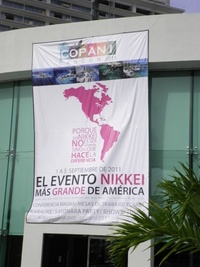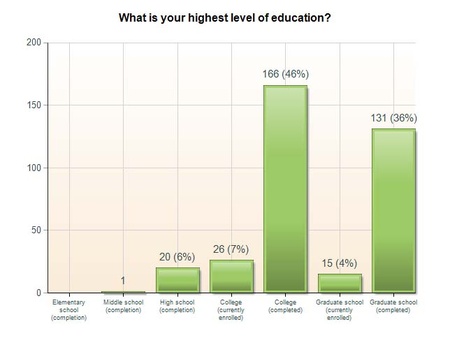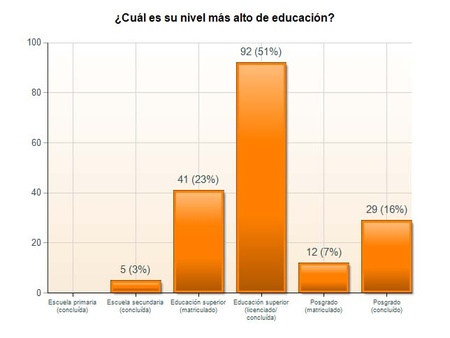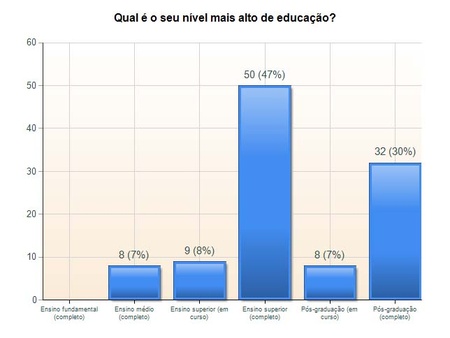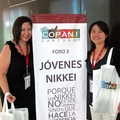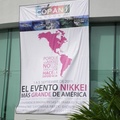Discover Nikkei conducted a pilot international survey about Nikkei communities and identities in North America, South America, and Japan. It was the first time that Discover Nikkei launched a survey on an international scale. The results were presented at the XVI Convention of the Association of Pan American Nikkei (COPANI) meeting in Cancún, México from September 1-3, 2011. The theme of the XVI conference was “PORQUE SER NIKKEI NO ES SER DIFERENTE, SINO EL QUE HACE LA DIFERENCIA” (Because being Nikkei is not being different, but making the difference).
The Discover Nikkei project celebrates cultural diversity and aims to explore the diverse past and present identities of Nikkei communities around the world. Its website promotes the exchange of stories, ideas, and experiences of different Nikkei generations and encourages the connection of Nikkei across the globe. Although there are Nikkei communities in Asia, Oceania, Europe, and Africa, the project focuses on Nikkei communities in North and South America because those are where the largest historic concentrations of Nikkei communities exist. The survey, in particular, was directed at these regions because the Panamerican Nikkei Association which organized COPANI is comprised of the following eleven countries: Argentina, Bolivia, Brazil, Canada, Chile, Colombia, Mexico, Paraguay, Peru, Uruguay, and the United States.
The COPANI conference is held every two years, and it was fitting that this year’s meeting was held in Mexico, the site of the first convention 30 years ago in 1981. As globalization has strengthened transnational ties between Japan and countries in North and South America, the results have been the reconstitution and constant evolution of Japanese and Nikkei cultures and identities. It is within this current context that we sought answers to various questions about the state of relations among Nikkei communities today.
A purposive sample was employed in the survey where participants were chosen in a specific and non-randomized manner. The common denominator that respondents shared was the identification with Nikkei communities. Snowball sampling was used in order to select and recruit our participants in North and South America and Japan.1 Snowball sampling refers to the sampling technique where future respondents who meet the criteria of the survey (in this case, people who are affiliated with Nikkei communities) are identified by participants that are affiliated with Discover Nikkei. While this process does not lead to representative samples, it provides an efficient and quicker way of recruiting participants in eleven countries to participate in an on-line survey.
Emails were sent out with a link to the survey in four different languages: English, Spanish, Portuguese, and Japanese. The goals of the survey were exploratory and investigative (not to generalize to the greater populations) so that a deeper understanding of the Nikkei communities could help to inform current knowledge and future research.
The survey was open from June 28, 2011 to July 25, 2011 and the following countries from North and South America responded (in alphabetical order): Argentina, Brazil, Bolivia, Canada, Chile, Ecuador, Mexico, Paraguay, Peru, Uruguay, the United States, and Venezuela. The survey consisted of a number of open and closed-ended questions about community and identity. All participants had to be at least 18 years old, and all information was and is treated as confidential. A total of 683 people participated in the survey with 368 in English, 192 in Spanish, 108 in Portuguese, and 15 in Japanese.
Please click on this link for a snapshot of the demographics of the survey responses:
English >>
Spanish >>
Portuguese >>
SURVEY RESPONSES2
One of the most interesting demographic data results that emerged from the survey was the education level of the Nikkei (please refer to tables 1, 2, and 3 below). In the English survey, 46% completed college, 36% completed graduate school, and 4% currently are enrolled in graduate school. Similarly, 47% of Brazilians completed college, 30% completed graduate school, and 7% currently are enrolled in graduate school (respondents from the Portuguese survey). Lastly, Nikkei in Spanish speaking countries demonstrated that 51% completed college, 16% completed graduate school, and 7% currently are enrolled in graduate school. Therefore, education is highly valued in Nikkei communities as the data indicates combined education attainment with 86% in the United States, 84% in Brazil, and 74% in Spanish speaking countries (completed college, enrolled in graduate school, or completed graduate school respectively).
Another noteworthy outcome of the survey was the various reasons for traveling to Japan. Across all three surveys, Nikkei from North and South America traveled to Japan quite often with many visiting Nihon more than five times. However, in the case of Nikkei who answered the survey in English or Spanish, the main reason for traveling to Japan was tourism, while for Brazilians it was to study. In addition, for Nikkei in Spanish and Portuguese speaking countries, one of the top five reasons to go to Japan was to work as a Dekasegi3, which is not a motivation in North America.
In addition, teaching was an option for North American Nikkei, which was not a present or viable choice in Latin America. Lastly, the answers provided in the “other” category are fascinating by region/language. Military, sports, and mission trips were reasons to travel to Japan for the respondents in the English speaking survey while in Brazil and Spanish speaking countries, the Nikkei went to Japan on scholarships (government or non-profit organizations) or as children of Dekasegi parents.
Notes:
1. As a side note, although Nikkei filled out the survey in Japan, these participants were not included in the data results shared at the COPANI conference in order to avoid confusion in regards to community events. It would be difficult to decipher if the local community events to which they were referring were in their country of origin or their current community in Japan.
2. This survey was primarily distributed through Discover Nikkei's network via the website, email, social media, and through our Partnering Organizations. These results do not necessarily reflect the entire Nikkei populations.
3. The term dekasegi refers to a movement from one’s home place to another location for temporary work to supplement family income. Usually in reference to the sojourn from Latin America to work in Japan) (Kikumura-Yano, 2002)
© 2011 Lindsey Sasaki


